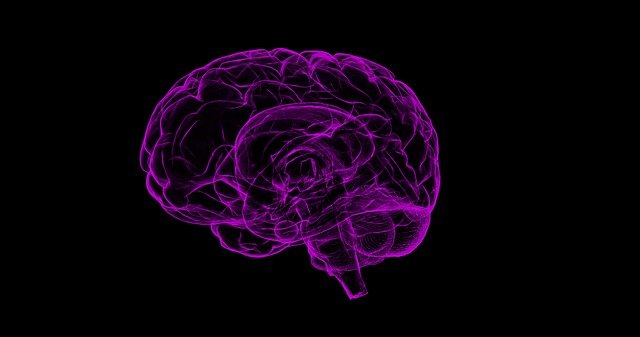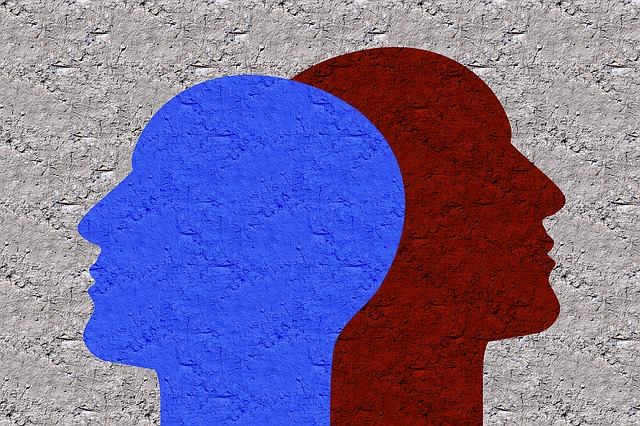
Semantic memory is a type of long-term memory that stores knowledge about the world. This includes information about concepts, facts, and properties.
Semantic memory allows us to understand the meaning of words and understand how the world works. It is believed that semantic memory is stored in a network of nodes, with each node representing a piece of information.
When we want to retrieve a piece of information from semantic memory, we activate the relevant node, which then activates the associated nodes.
This process allows us to piece together the information we need to understand a concept or remember a fact.
Although semantic memory is generally accurate, it is not immune to bias and errors.
For example, our memories can be influenced by our prior beliefs, leading us to misremember information that contradicts our existing schema.
Despite this, semantic memory is an essential part of our cognitive repertoire, allowing us to make sense of the world around us.
Where is semantic memory in the brain?
Semantic memory is the memory of factual information and concepts that is unrelated to a specific event or experience. This type of memory is believed to be stored in the cortex, which is the outer layer of the brain.
The cortex is divided into two hemispheres, and semantic memory is thought to be located in the left hemisphere. This area of the brain is responsible for language processing, and it is also where most people store information about words and their meanings.
Semantic memory may also be distributed throughout the cortex, with some concepts being stored in multiple areas of the brain.
For example, music may be stored in both the auditory cortex (the area responsible for processing sound) and the motor cortex (the area responsible for controlling movement).
How does semantic memory work?
Semantic memory is thought to be stored in a network of nodes, with each node representing a piece of information.
When we want to retrieve a piece of information from semantic memory, we activate the relevant node, which then activates the associated nodes.
This process allows us to piece together the information we need to understand a concept or remember a fact. Although semantic memory is generally accurate, it is not immune to bias and errors.
For example, our memories can be influenced by our prior beliefs, leading us to misremember information that contradicts our existing schema.
Despite this, semantic memory is an essential part of our cognitive repertoire, allowing us to make sense of the world around us.
Semantic memory is essential for our cognitive functioning and helps us make sense of the world around us. It is stored in a network of nodes in the brain, with each node representing a piece of information.
When we want to retrieve something from semantic memory, we activate the relevant node, which then activates associated nodes.
However, semantic memory is not without its flaws – it can be biased and inaccurate. Despite this, it remains an important part of our mental toolkit.

What are the examples of semantic memory?
Some examples of semantic memory include:
The definition of words
We often take the meanings of words for granted. But where do these meanings come from? In cognitive psychology, semantic memory refers to our mental dictionary, which stores the definition of words and our knowledge about concepts.
This semantic knowledge is different from other types of memories, such as memories of facts or events, which are stored in a different type of memory system called episodic memory.
The semantic memory system is thought to be modular, meaning that each word is stored in a separate entry. However, words are also thought to be organized into categories, such as animals, plants, or furniture. This organization helps us to retrieve information more efficiently.
For example, when we hear the word “lion,” this word activates not only the definition of “lion,” but also other related words such as “tiger,” “cat,” and “animal.”
This categorical structure allows us to quickly understand the meaning of a word and to use this word in communication.
Understanding how the world works
Semantic memory is the part of your long-term memory that stores factual information, such as names, dates, and geographic locations. It is different from episodic memory, which stores personal memories of past events in your life.
Most semantic memories are acquired through school or work, although some may be acquired through everyday experiences.
For example, you may have semantic memories of the names of countries in the world, even if you have never traveled to them. Semantic memories are usually resistant to change; once you have learned something, it is often difficult to forget it.
However, semantic memories can be affected by brain damage or disease. For example, people with Alzheimer’s disease often lose semantic memories as the disease progresses.
Facts about objects
Objects are physical things that we can see and touch. They are made up of materials like glass, metal, or plastic. We use objects every day, and they play an important role in our lives.
Semantic memory is the part of your long-term memory that stores factual information about objects. This includes information about an object’s size, shape, color, and function.
For example, you may have a semantic memory of a hammer. This memory would include information about the hammer’s function (to pound nails into the wood), as well as its size, shape, and color.
Semantic memories of objects are usually acquired through everyday experiences. For example, you may learn about the function of a hammer by using it to pound nails into wood.
However, semantic memories can also be acquired through observation; for example, you may learn about the function of a hammer by watching someone else use it.
Concepts about people and relationships
Semantic memory is the knowledge we have about people and relationships. This includes our beliefs, attitudes, and ideas about other individuals and groups.
It also encompasses our understanding of social norms and how to interact with others. Our semantic memory allows us to communicate effectively and navigate the social world.
It is constantly growing and evolving as we gain new experiences and learn more about the people around us.
Ultimately, semantic memory helps us to build strong relationships with others by allowing us to share our thoughts and feelings in a way that is meaningful and effective.
The takeaway
Semantic memory is our mental repository of knowledge about the world. It helps us to understand concepts and remember factual information.
For example, when we encounter a new word, we can draw on our semantic memory to generate an understanding of its meaning.
Semantic memory is thought to rely on a network of interconnected brain regions, including the frontal and temporal lobes. Over time, this network becomes increasingly efficient at storing and retrieving information.
The result is that semantic memory generally improves with age. However, there is some evidence that semantic memory may start to decline in later life, as the brain regions involved begin to deteriorate.
This decline is thought to contribute to age-related cognitive decline and dementia. Therefore, understanding the role of semantic memory in cognition is essential for developing interventions to support healthy brain aging.



